There are many reasons that we, as artists, would want to preserve our work digitally. Building an online presence or portfolio, selling prints of our works, or simply to make sure we can always have a copy of our greatest works backed up on our devices. So together, let's go through this process, from knowing your scanner options to make an informed decision. Picking the right resolution for maximum quality. Where you can save your pieces to. Then finally and possibly the most time consuming step: what to print it on?
Taking a picture with our phone or camera is a basic first step, but what if we want something in a higher resolution? Sadly, as amazing as our camera's are it is very difficult to pick up every detail we painstakingly put into our pieces.

Scanning, is a great solution. Most printers nowadays are equipped with a scanner that can accommodate the standard paper size (8.5" x 11"). But maybe you're looking for something bigger? Well, good news, there are bigger scanners out there!
Through my own experience working in a print shop, there are three main types of scanners out there. The first, being your standard open and shut press.
The press, which is good for works that are thick/have a frame, ie. a canvas. The press is also the safest way to scan a piece as it doesn't have to go through a roller or feeder, which while being VERY unlikely there is a chance the press or roller can jam and damage the piece.
I recommend using the press for your most important works, pieces and or documents. As well as canvases and canvas boards.
NOTE: large scale presses are not common, you will need to call ahead to make sure the location you're planning on taking your piece has a scanning press to accommodate you. An overall local option would be any Staples store with a Solution Shop (printing section) their press scanners go up to 11" x 17".
Presses take the longest amount of time but in my personal opinion yield some of the best results with little stress. If you're planning on using this style of scanner give yourself (or employees) lots of time and patience.
The roller also known as a wide format scanner, is great for long pieces. While the width is limited to the rolling scanner's build the length is nearly limitless. Another thing to take note of is that the roller is for paper or thinner material of a similar nature. You CANNOT put a canvas board or cradled canvas through a roller, simply it just won't fit.
A precaution to take into account there is a small chance the roller can jam, through my personal experience there is little to no damage. Do keep in mind that dry media pieces suck as pastels, charcoal, graphite etc. if not sealed properly can be smudged by the roller as the piece passes through.
The feeder, this type of scanner comes can be found in office/business style printers. It's fast and can the job done quickly, and is great if you have to scan dozens or even hundreds of items at a time.
HOWEVER, this type of scanning is the most susceptible to jamming. For the most part the pieces can be saved from being completely destroyed, once it's jammed it will come out with some crinkles, and maybe a tear or two. But again, I'd like to stress that these jams don't happen often, and when they do it is almost always because the source material was in poor condition to begin with. Since the feeders scan upwards to 11" x 17" like the press if your worried about your piece make sure you use the press option mentioned earlier, or inform the employee.
Now that we've covered some of the scanner options, let's talk about resolution. We want our pieces to appear in the best quality after all!
Scanning an image at 300dpi is the standard. it's a happy medium that gives great results while also being keeping a reasonable file size. Scanning in a lower resolution will loose quality in your piece and make it appear "blocky" or "crunchy". Too high and the file may become unusable, it may take too long to load and websites will outright refuse to use it.
Let's quickly go over some image file types.
JPEG/JPG - the most standard and widely used image format. You can get an amazing high quality JPEG/JPG from scanning. Additionally these scans have a lower file size, meaning they're ideal for uploading to websites.
PNG - the step above JPEG/JPG, because it has a lower compression rate the quality is higher. These are ideal for portfolios and printing.
TIFF - the highest quality of image you can get. BUT, these are not widely used and need specific programs to open properly on your devices. Only use this option if you need it, since it's a specialized format, normally only for digital use. NOT printing.
PDF - technically a document that you've most likely heard of. It keeps a great resolution and is good for printing. However it's not used as a valid image file for websites.
Now that you've picked your scanner, your preferred resolution and image file type it's time to save! If you're taking your work into a third party to scan for you, make sure you bring in your own USB(flash drive, memory stick) or external hard drive to save it on. Many places will refuse to email the files to you as it can be a security risk.
If however, you're scanning your piece at home, save it to a location you can find easily. I normally save straight to the desktop and organize it later. You can also save to a USB or external hard drive.

Ready for the next step check out "Let's Talk About Printing!"

